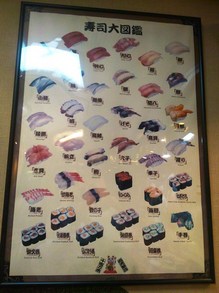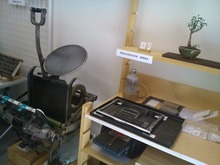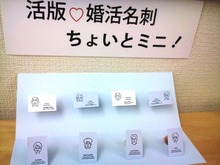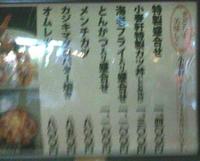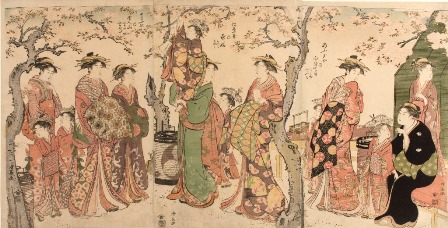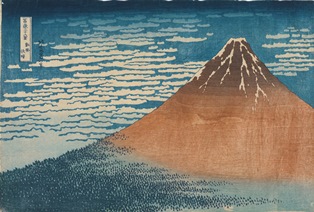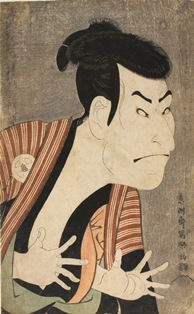At this hot summer lunch, I went for a walk and went to buy Dorayaki to eat sushi at "Funasushi" in Kofune-cho.
Since the town split in Keicho 8 (1603), it seems to be called Shimo-Funamachi, and then it has become Kofune-cho.
Despite being surrounded by a building, in a quiet appearance, we received a "lunch of lunch".
(Today there is a soft Hokkaido octopus suction cup, I eat it with yuzu.)
This luxurious time when you can get to the counter at the counter, I told the general who was busy, "On the calendar, it's still hot, even though it's early autumn." It seems that the spawning season is slow). That's right.
Mr. Funasushi H/P http://www.funazushi.info/
※You can see the sushi picture book by clicking.
Beside Horidome Park, "Kiyokazuken", such as Dorayaki, which has been popular with the common people since the end of the Tokugawa period, has not been sold out today, Anko here can not be stopped.
Kiyokazuken H/P http://seijuken.com/?page_id=13
I visited "Kobo-style Rika", a handmade typographic printing company at Muromachi 1-chome, which I learned on TV on weekends.
A small "marriage business card" is an idea, while working for the local area, I knew this place for the first time, and saw the goodness of handmade as Shimijimi, I would like to make something business card.
※Click on the above two photos to get bigger.
